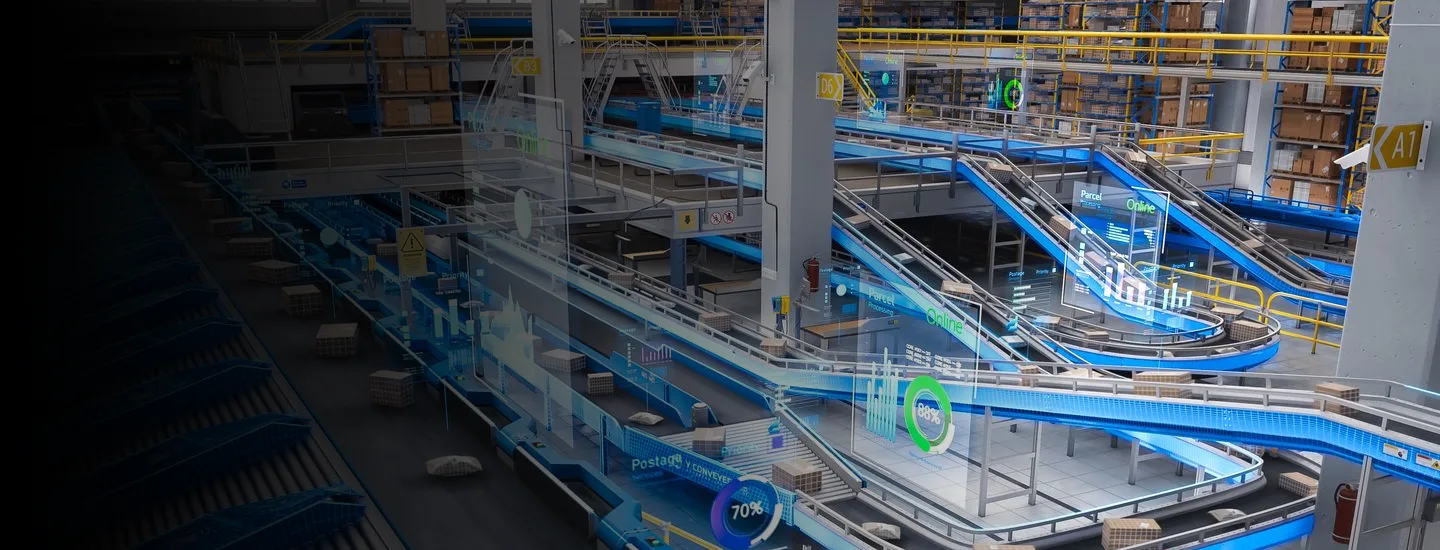While it’s tempting to focus on visible wins like cutting vendor costs or improving manufacturing efficiencies, the key to maximizing transformation potential lies elsewhere
Faced with constant pressure to remain competitive and to stay ahead of ever-evolving market demands, many companies embark on ambitious operational transformations in a bid to improve efficiency, control costs and drive sustainable growth.
Too often, however, these ambitious supply chain initiatives don’t deliver on their full potential because they focus on individual supply chain components in isolation such as sourcing, manufacturing, or delivery, and overlook the process that is fundamental to long-term success: Sales and Operations Planning (S&OP).
S&OP sits at the heart of enterprise planning structure and provides the crucial bridge between strategic planning and execution. Organizations that prioritize S&OP can expect to see tangible financial impact — up to 5-10% improvement in EBITDA and a 10-30% reduction in inventory levels.
S&OP: A holistic approach to supply chain transformation
Investing in a robust S&OP capability is the key to unlocking the full potential of supply chain transformations. This is because – if they are to deliver on their full potential – end-to-end operational transformations must be informed by a holistic re-evaluation of the entire supply chain.
S&OP enables just that. It is the critical connector that sits at the center of the whole operational nexus, ensuring the synchronization of commercial perspectives with the priorities of product design, planning, sourcing, manufacturing, delivery, and returns.
A well-functioning S&OP process aligns supply with demand, drives efficiency, and enables seamless operations. But without this in place, transformations risk becoming siloed, which brings a range of adverse impacts: supply-chain bottlenecks, misallocated resources, the undermining of long-term sustainability, and an aggregate failure to deliver fully on the transformation’s anticipated benefits.
Why companies delay S&OP transformation
If S&OP is so critical to transformation success, why is it so often overlooked? We’ve seen time and again how S&OP becomes the can kicked down the road in transformation agendas, and there are a number of perennial reasons for this:
- Benefits slower to materialize: S&OP gains take time, making seemingly quicker return initiatives more appealing.
- Cross-functional collaboration is complex: Securing and coordinating engagement across functions is difficult.
- S&OP is perceived as a secondary capability: S&OP is viewed as a supporting process rather than an enabler of transformation, so it becomes sidelined in favor of more obviously “visible” initiatives.
- Enterprise data and connectivity is lacking: Limited system and geographic integration results in inconsistent data and siloed operations that hinder Sales and Operations alignment.
What happens if you ignore S&OP
Transforming other parts of the supply chain without fixing the S&OP process is short-sighted.
An ineffective planning process undermines the efficiency and effectiveness of the other components of the supply chain, disrupting their seamless integration. As Figure 1 shows, every single element of the supply chain is negatively impacted.
Figure 1: the impact of ineffective planning

Why it pays to invest in S&OP
By prioritizing S&OP, companies can build a proactive supply chain that maximizes the benefits of transformation initiatives and drives deep, lasting success.
By aligning demand forecasts with operational plans, companies can:
- Deliver tangible financial impacts — up to 5–10% improvement in EBITDA and a 10–30% reduction in inventory levels.
- Improve reliability and customer satisfaction
- Achieve sustainable efficiency improvement across the supply chain
- Reduce waste and improve inventory management.
So, while it’s tempting to focus on visible wins like cutting vendor costs or improving manufacturing efficiencies when planning transformation initiatives, failing to fix the S&OP process undermines the very foundation of operational excellence.
Only investing in a robust S&OP capability offers the key to securing long-term, sustainable benefits.


